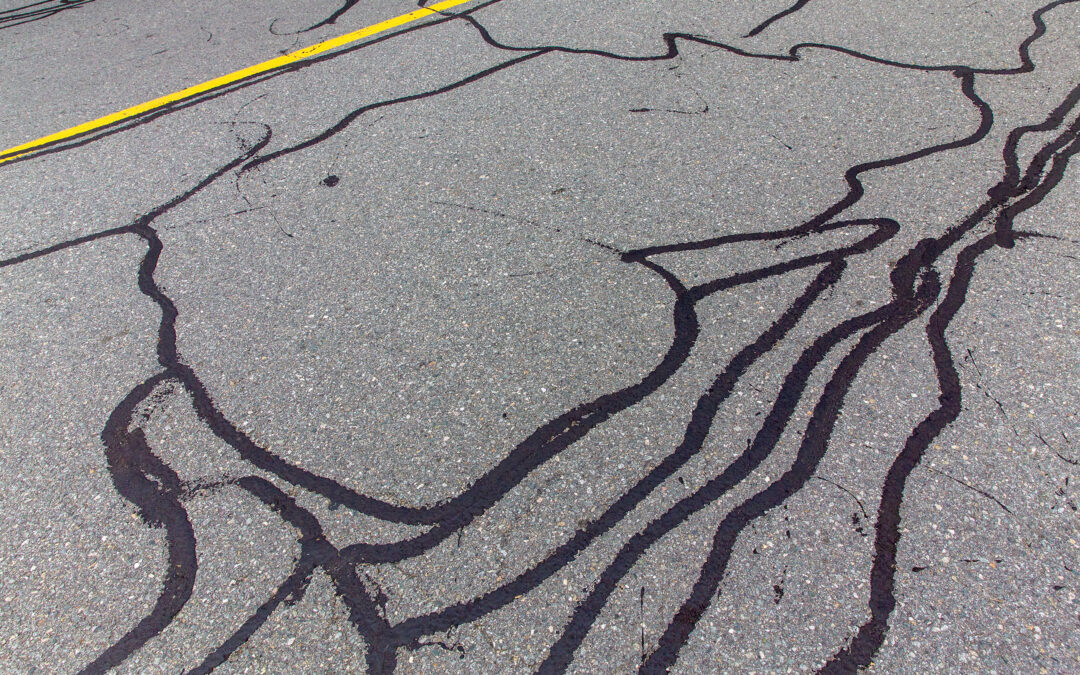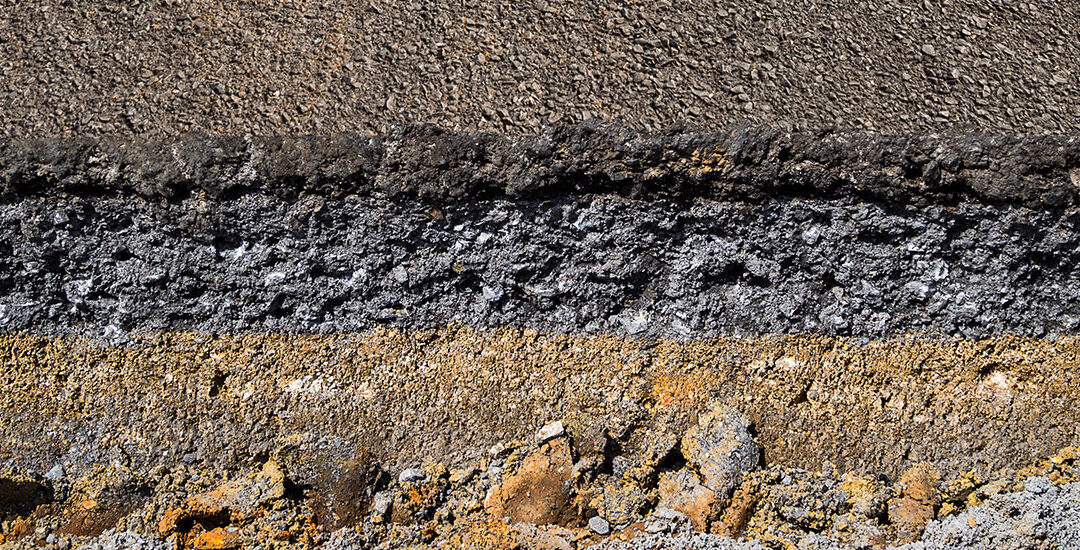 Environment A pavement must function within its environment. The environment can vary greatly across the State at any one time and it can also vary greatly throughout time at any one place. Environmental variations can have a significant impact on pavement materials...
Environment A pavement must function within its environment. The environment can vary greatly across the State at any one time and it can also vary greatly throughout time at any one place. Environmental variations can have a significant impact on pavement materials...
 Loads Loads are the vehicle forces exerted on the pavement (e.g., by trucks, heavy machinery, airplanes). Since one of the primary functions of a pavement is load distribution, pavement design must account for the expected lifetime traffic loads. Loads, the vehicle...
Loads Loads are the vehicle forces exerted on the pavement (e.g., by trucks, heavy machinery, airplanes). Since one of the primary functions of a pavement is load distribution, pavement design must account for the expected lifetime traffic loads. Loads, the vehicle...
 Subgrade The “subgrade” is the in situ material upon which the pavement structure is placed. Although there is a tendency to look at pavement performance in terms of pavement structure and mix design alone, the subgrade can often be the overriding factor...
Subgrade The “subgrade” is the in situ material upon which the pavement structure is placed. Although there is a tendency to look at pavement performance in terms of pavement structure and mix design alone, the subgrade can often be the overriding factor...
 Hveem Method WSDOT currently uses the Superpave (Gyratory) mix design method, but historically it used the Hveem method. Like the Marshall and Superpave methods, the Hveem method has been proven to produce quality HMA from which long-lasting pavements can be...
Hveem Method WSDOT currently uses the Superpave (Gyratory) mix design method, but historically it used the Hveem method. Like the Marshall and Superpave methods, the Hveem method has been proven to produce quality HMA from which long-lasting pavements can be...
 Mix Design Fundamentals HMA consists of two basic ingredients: aggregate and asphalt binder. HMA mix design is the process of determining what aggregate to use, what asphalt binder to use and what the optimum combination of these two ingredients ought to be. There...
Mix Design Fundamentals HMA consists of two basic ingredients: aggregate and asphalt binder. HMA mix design is the process of determining what aggregate to use, what asphalt binder to use and what the optimum combination of these two ingredients ought to be. There...
 Superpave (Gyratory) Method WSDOT uses the Superpave mix design method (also commonly called the Gyratory mix design method). Like the Hveem and Marshall methods, the Superpave method has been proven to produce quality HMA from which long-lasting pavements can be...
Superpave (Gyratory) Method WSDOT uses the Superpave mix design method (also commonly called the Gyratory mix design method). Like the Hveem and Marshall methods, the Superpave method has been proven to produce quality HMA from which long-lasting pavements can be...







